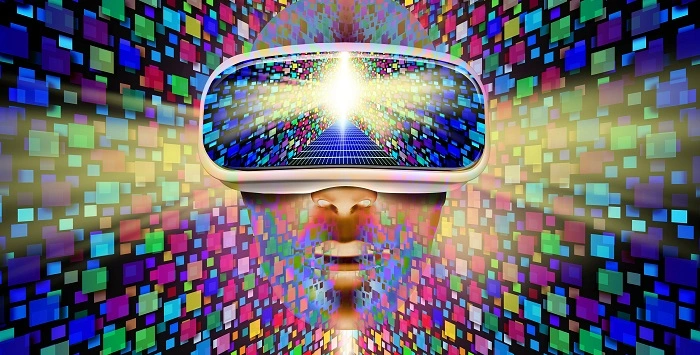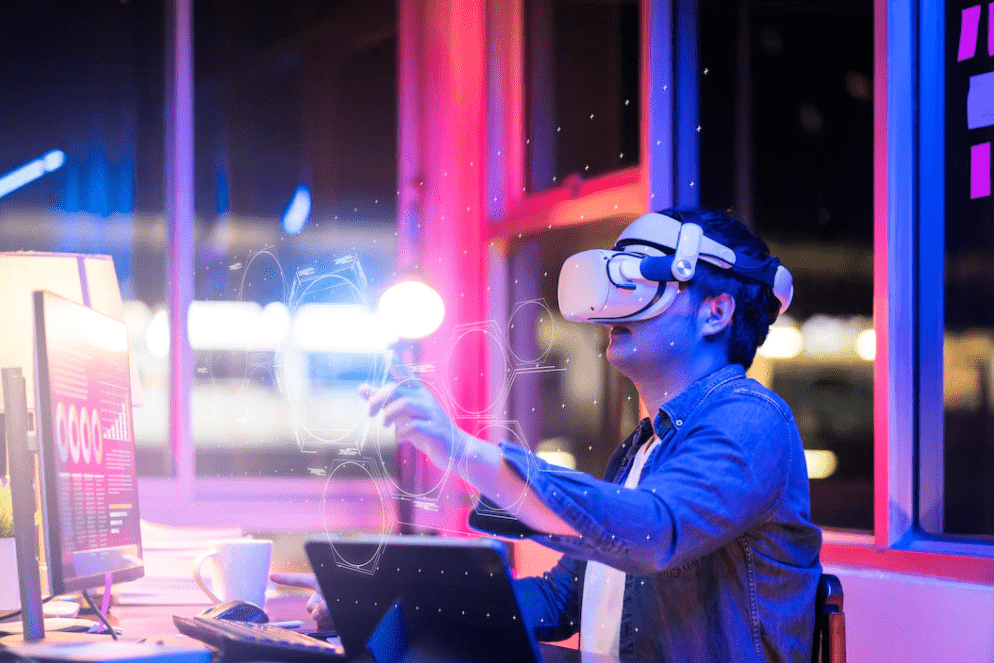Enhancing User Experience with AI-Powered AR/VR
Artificial Intelligence (AI) has the potential to revolutionize the way we interact with and experience Augmented Reality (AR) and Virtual Reality (VR) technologies. These cutting-edge technologies have already been making waves in industries such as gaming, healthcare, education, and entertainment. However, the integration of AI into AR/VR opens up a world of possibilities and brings numerous advantages to these industries.
One of the key advantages of AI in AR/VR is its ability to enhance the user experience. With AI-powered algorithms, AR/VR applications can adapt and personalize the user experience based on their preferences, behavior, and interactions. This means that the more a user interacts with an AR/VR application, the more it learns about their preferences, and the better it becomes at delivering a personalized experience. For example, an AI-powered AR application could analyze a user’s gaze patterns and tailor the virtual environment to their interests.
Improved Accuracy and Realism: How AI is Changing AR/VR
Another benefit of AI in AR/VR is its ability to enable natural and intuitive interactions. Traditional AR/VR applications often rely on controllers, buttons, or voice commands to interact with the virtual environment. However, with AI, users can interact with the virtual environment using natural gestures and movements. For example, an AI-powered VR game could track the user’s hand movements and enable them to pick up and manipulate virtual objects in a more intuitive and natural way.

AI can also help improve the accuracy and realism of AR/VR applications. By using machine learning algorithms, AR/VR applications can analyze vast amounts of data and learn to recognize and track objects and environments more accurately. This means that virtual objects can be seamlessly integrated into the real world, creating a more realistic and immersive experience for the user. For example, an AI-powered AR application could use machine learning to recognize and track a user’s face, and then superimpose a virtual mask or makeup on top of it in real-time.
Lowering Development Costs and Time with AI in AR/VR
Artificial intelligence can also improve the usability and inclusiveness of AR/VR apps. AR/VR apps may make the experience more accessible for persons with impairments by utilizing AI-powered capabilities such as speech recognition, text-to-speech, and picture identification. An AI-powered AR application, for example, may employ picture recognition to describe the environment to a blind person, or speech recognition to convert speech into text for a deaf person.

Furthermore, AI can help reduce the cost and time required to develop AR/VR applications. By automating certain tasks such as object recognition, natural language processing, and data analysis, developers can focus on more complex and creative aspects of the application. This can lead to faster development cycles and lower costs, making AR/VR more accessible to smaller businesses and startups.
Ensuring Safety and Security in AR/VR with AI Technology
Lastly, AI can help improve the safety and security of AR/VR applications. By using machine learning algorithms to detect and prevent cyber-attacks, AI-powered AR/VR applications can ensure that user data is secure and protected. Additionally, AI can help prevent accidents and injuries by using sensors and algorithms to detect and prevent dangerous situations. For example, an AI-powered VR training program could use sensors to detect when a trainee is in danger and automatically stop the simulation.
In conclusion, AI has the potential to bring numerous advantages to AR/VR applications. From enhancing the user experience to improving accessibility, reducing costs, and increasing safety and security, the integration of AI into AR/VR is set to transform the way we interact with these technologies. As AI technology continues to evolve, we can expect to see even more innovative and exciting applications of AR/VR in the future.